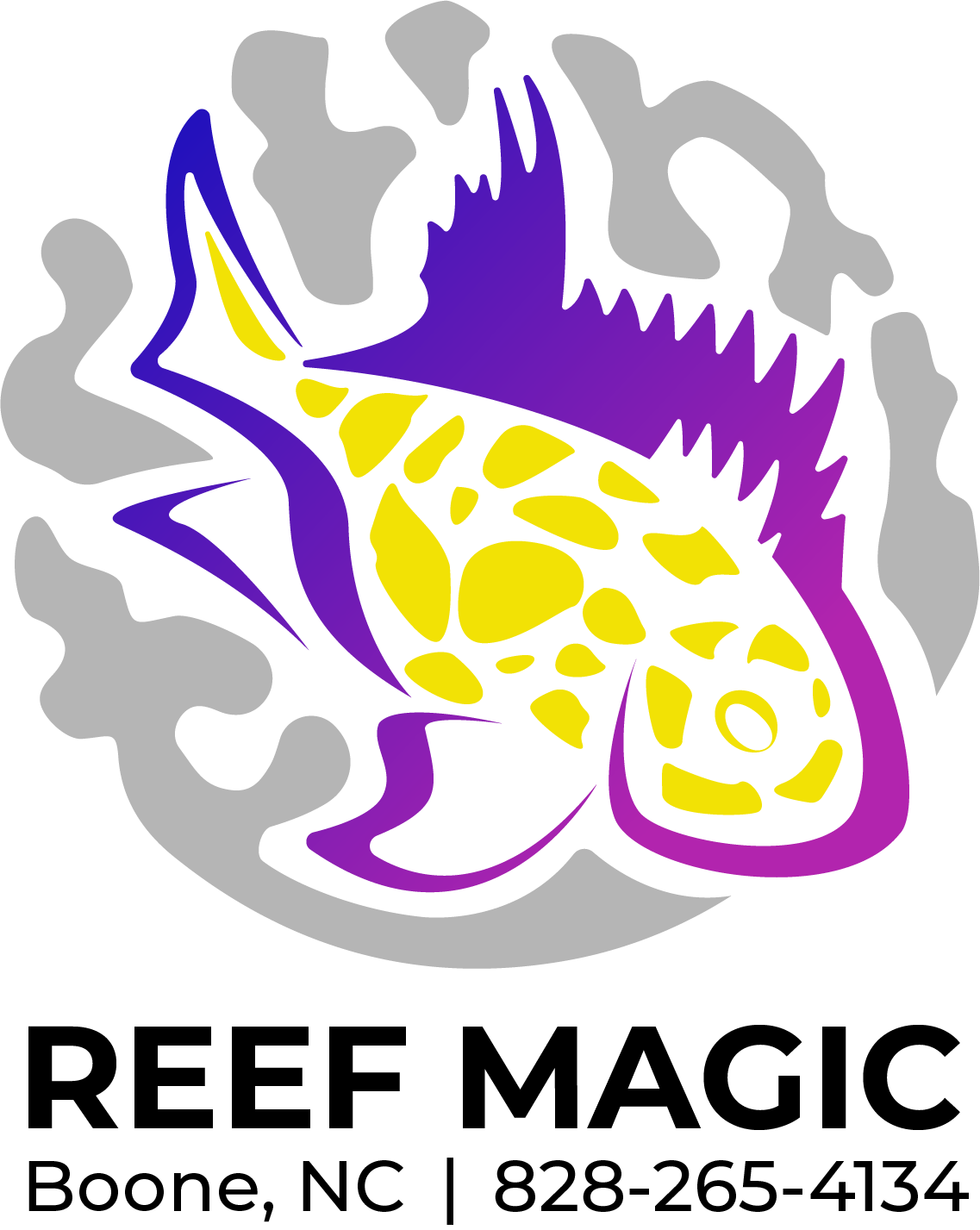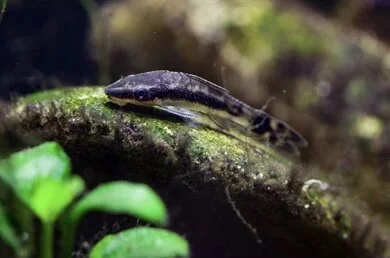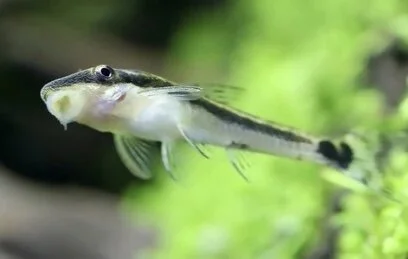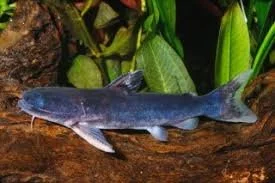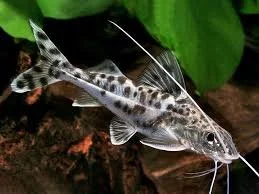 Image 1 of 1
Image 1 of 1


Catfish- Guyana Hifin Pim 3.5-4.5 in
The "hifin pim" catfish is likely a species of Pimelodus catfish, specifically the Four-lined Pimelodus (Pimelodus blochii) or the Pictus Catfish (Pimelodus pictus) from Guyana and other parts of South America. Key characteristics include a silvery or dark gray body, often with dark spots or lines, a long dorsal fin ray, and a venomous pectoral spine. They are active, schooling fish that need ample swimming space and are good additions to larger community tanks with non-aggressive fish.
Physical Description
Appearance: Silvery to dark gray body with black spots or four dark lines running along the flanks, though the patterns can vary.
Fins: The first dorsal ray is notably long, and the pectoral spine can be venomous.
Size: Depending on the species, they can reach up to 10 inches or more.
Behavior: Active swimmers that prefer to be in groups of six or more.
Habitat: Native to the Amazon, Orinoco, and Guyana Shield river basins in South America.
Aquarium Care
Tank Size: A minimum of 30 gallons is recommended for a small group, with larger tanks being preferable for housing other active species alongside them.
Tank Setup: Provide plenty of open space for swimming and hiding places like driftwood and plants.
Substrate: Smooth gravel or sand is best, as their sensitive barbels can be injured on sharp substrates.
Water: Thrives in well-oxygenated water with moderate to strong current.
Lighting: Dim lighting is preferred as it can reduce stress, though they can adapt to standard lighting once settled.
Diet
Omnivore: They are unfussy omnivores that will readily take prepared, frozen, and live foods.
Feeding: They can gorge themselves, so it's important to monitor their food intake carefully.
Food: A good way to encourage feeding is with bloodworms.
Compatibility
Peaceful: They are generally peaceful and can coexist with other large, peaceful fish such as South and Central American cichlids.
Aggression: Do not house them with small fish that they can eat.
The "hifin pim" catfish is likely a species of Pimelodus catfish, specifically the Four-lined Pimelodus (Pimelodus blochii) or the Pictus Catfish (Pimelodus pictus) from Guyana and other parts of South America. Key characteristics include a silvery or dark gray body, often with dark spots or lines, a long dorsal fin ray, and a venomous pectoral spine. They are active, schooling fish that need ample swimming space and are good additions to larger community tanks with non-aggressive fish.
Physical Description
Appearance: Silvery to dark gray body with black spots or four dark lines running along the flanks, though the patterns can vary.
Fins: The first dorsal ray is notably long, and the pectoral spine can be venomous.
Size: Depending on the species, they can reach up to 10 inches or more.
Behavior: Active swimmers that prefer to be in groups of six or more.
Habitat: Native to the Amazon, Orinoco, and Guyana Shield river basins in South America.
Aquarium Care
Tank Size: A minimum of 30 gallons is recommended for a small group, with larger tanks being preferable for housing other active species alongside them.
Tank Setup: Provide plenty of open space for swimming and hiding places like driftwood and plants.
Substrate: Smooth gravel or sand is best, as their sensitive barbels can be injured on sharp substrates.
Water: Thrives in well-oxygenated water with moderate to strong current.
Lighting: Dim lighting is preferred as it can reduce stress, though they can adapt to standard lighting once settled.
Diet
Omnivore: They are unfussy omnivores that will readily take prepared, frozen, and live foods.
Feeding: They can gorge themselves, so it's important to monitor their food intake carefully.
Food: A good way to encourage feeding is with bloodworms.
Compatibility
Peaceful: They are generally peaceful and can coexist with other large, peaceful fish such as South and Central American cichlids.
Aggression: Do not house them with small fish that they can eat.

